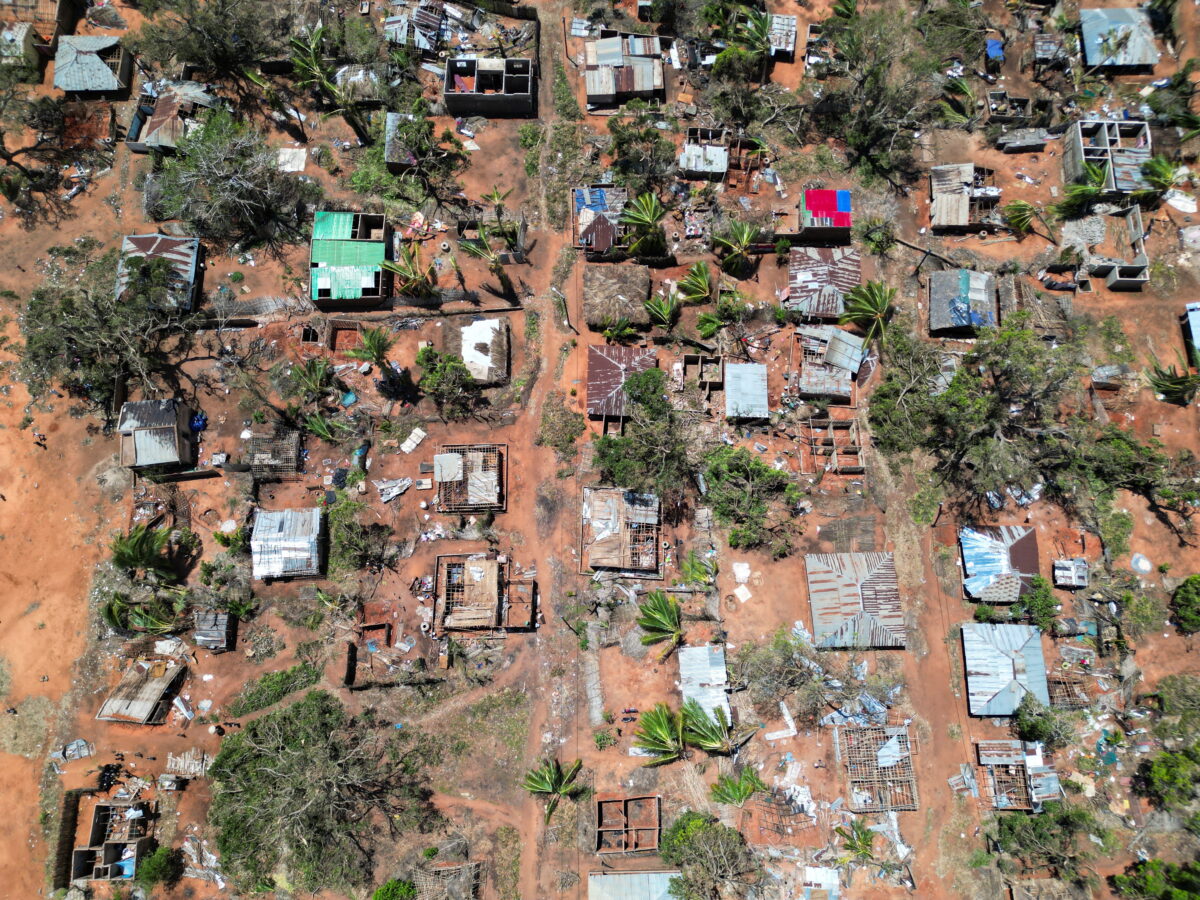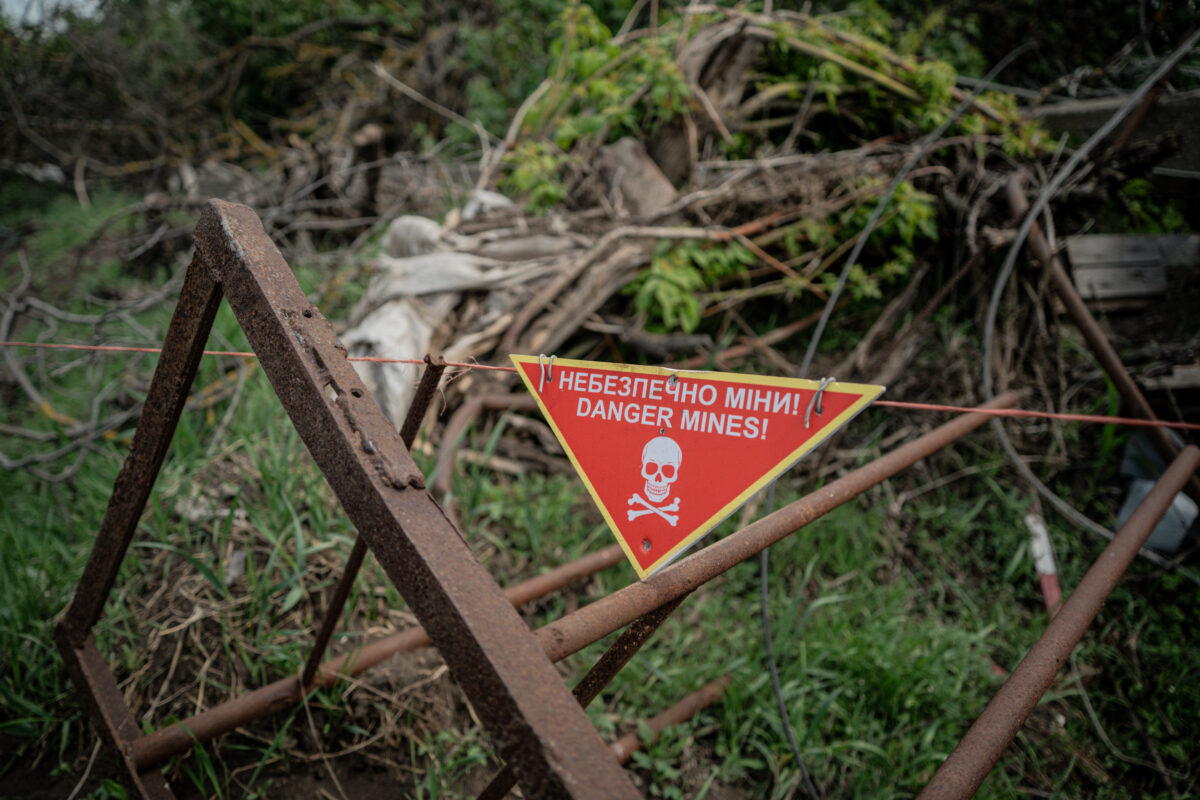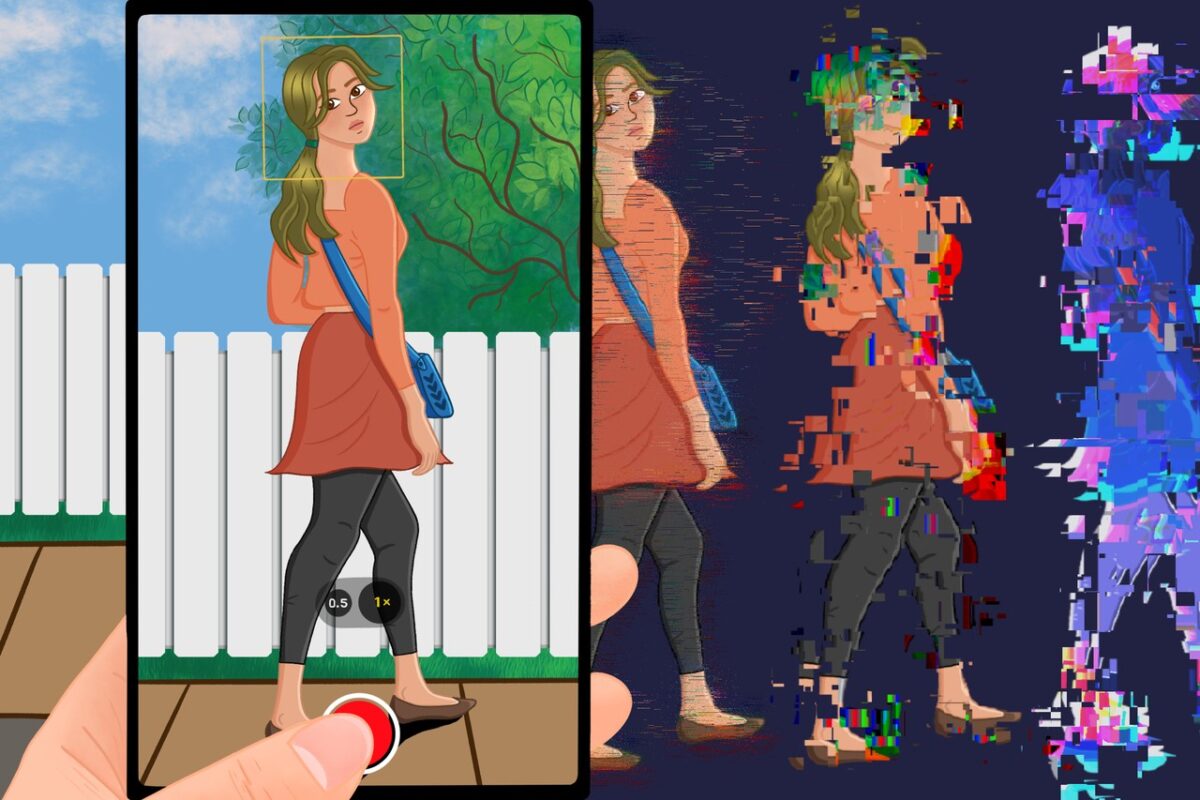How to Maintain Mental Hygiene as an Open Source Researcher
Bellingcat has been overwhelmed with messages from concerned people around the world who want to help us identify and analyse images of potential war crimes taking place in Ukraine. While this increased interest in open source research is encouraging, it comes with costs of which new researchers may not be aware.
Those wishing to conduct open source research into this invasion will be exposed to images that are extremely graphic: they show the painful, disfiguring effects that war has on human bodies, cities and nature. Many of these images can be highly distressing, especially if viewed repeatedly and intensely. But their effect can also be cumulative: you may feel alright for a long time until one day, you don’t. What’s more, even non-graphic images can have a negative impact on you in ways that you may not expect, as I outlined on Twitter.
All this means that we have to be all the more guarded when we conduct research online.
Practicing good mental hygiene is a continuous process that requires active input at all times. The small steps you take today to minimise and mitigate your exposure to distressing content may in a few years’ time save you from burnout or worse.
Your future self will thank you.
On Vicarious Trauma and Other Terms
Terminology can make it more difficult to talk about the distress that you might feel when researching content online. Sometimes we don’t have the right words to describe why we’re feeling a certain way, especially when those feelings are having a negative impact on our lives.
The concept of vicarious trauma can be a useful one. In its “Style Guide for Trauma Informed Journalism”, the Dart Centre for Journalism and Trauma defines the term as:
…psychological challenges resulting from cumulative, empathetic engagement with trauma survivors in a professional context.
Vicarious trauma initially referred to a psychological risk from prolonged work with traumatised individuals. However, the term has since been used by media professionals to refer specifically to the negative responses that journalists may experience through prolonged viewing online of “violent and distressing images… hundreds of thousands of miles away from where the actual horrors occur.”
Even if you are sitting thousands of miles away, these negative responses can be all the more pronounced if you are researching a topic or region with which you have a personal connection.
With that in mind, we’ve become acutely aware of the risks of vicarious trauma in our work.
Back in October 2018, Hannah Ellis published an article for Bellingcat outlining some steps that you can take to minimise your exposure to vicarious trauma, which she defined as “mental distress [as a result of] interacting with graphic online media.” A 2022 guide for journalists by Headlines, a foundation to promote mental health in the media and Mind, a leading UK mental health charity, defines the term as “exposure to someone else’s trauma”, and warns that it can affect researchers who “are exposed frequently or repeatedly to traumatic material.”
It’s important to point out that, as you’ll see below, vicarious trauma from exposure to graphic images is not the only potential source of distress to an open source researcher. Exposure to certain sounds, hateful text, or far-right imagery can also have a negative impact on your mental health.
Recently, Bellingcat has worked with the Dart Centre for Journalism and Trauma to help our researchers build resilience when working with traumatic materials. That means adapting positively to the challenges and stresses of working with distressing content (the American Psychological Association has a more thorough definition of ‘resilience’ here).
At Bellingcat, we also receive psychological support from professionals at Trauma Treatment International. This support includes one-one-one sessions with clinical psychologists who are experts in trauma that is caused by exposure to distressing content online, and is meant to help us avoid burnout, depression, and other negative effects on our mental health.”
Tips for Building Resilience
Below are some tips that I use and have found helpful to build resilience so that I am able to work with potentially distressing content effectively without sacrificing your mental health and well-being.
While it may not be practically possible to always implement all of these into your workflow, hopefully the list will at least make you aware of some methods available to you.
Please bear in mind that these tips are in no way a substitute for professional medical advice, which you should seek if your work appears to be taking a toll on your mental health.
- Realise that once you put something in your head, it will be there for the rest of your life
There’s simply no way to get a disturbing image or sound out once it’s in there. This is the single most important piece of advice that I can give to someone who is looking to get into the field of open source research and expects to work with potentially distressing content.
If you stumble across a link to a graphic video online, take a minute and ask yourself: “Do I absolutely have to watch this video?” While the human desire to bear witness to the suffering of others is strong, many times, you’ll find out that the answer is “No”, and you’ll save yourself needless exposure to graphic content.
Engaging with such content ought to be a deliberate act taken with the same thoughtfulness and care as a police detective about to walk into a crime scene. Unfortunately, the way that content is delivered on the internet is seldom thoughtful or careful, and neither are our browsing habits. By carelessly clicking on Twitter links or scrolling through a Telegram channel, you are bound to eventually come across distressing content. Without the proper mental preparation, the distress you experience may intensify. - Always mute videos and fast-forward through them first
Sound can leave as vivid an imprint on your mind as imagery. That’s why you should ensure that any video that you are about to watch for the first time is muted before hitting “play”.
Fast-forward the video to gain a sense of what you’re about to watch, or scroll through it quickly and watch the small preview box. Once you’re familiar with the visual content, you can make a decision as to whether or not you need to listen to the sound. A graphic video is an assault on the senses; I’ve found that by watching it first without sound and only later listening to its audio, I can dampen its negative effects on my mental health.
If you want to take muting videos a step further, try Smart Mute. This extension to your browser has a “Silent Mode” that prevents it from playing sound.
- Blur images and only view them if absolutely necessary
Several apps available for Chrome and Firefox allow you to blur all images on your browser. For example, Blurry and Blur can ensure that you don’t inadvertently view a graphic image as you’re doing research. Depending on the website that you’re viewing, there may be accompanying text that will allow you to make an informed decision as to whether you really need to view the image or not.

- Create healthy work-life boundaries
By creating boundaries and really sticking to them, you can distance yourself from the content you’re working on. When you finish your work for the day, stop checking your email, Twitter feed, or any other work-related activities which you may associate with disturbing content.
Creating these boundaries is all the more important if you’re working from home. In this case, changing into “outdoor” clothes can help create a separation between work and off-work hours, as can going for a walk around the block at the end of the work day.
Of course, for the large community of volunteer open source researchers, their engagement with such material starts at the end of the work day. If that’s you, try to keep in mind that you are able to stop doing this work at any moment.
Advice from Bellingcat Staff and GAP Members
I asked my colleagues at Bellingcat as well as members of our Global Authentication Project (GAP), Bellingcat’s volunteer network, for further advice. GAP members work on open source research projects on a volunteer basis, making their perspective and input valuable as it represents that of those who do not do this work full-time.
Bellingcat founder Eliot Higgins stressed the concept of “moral injury”, which the Dart Centre defines as a complex set of emotions that can occur when one witnesses or experiences behaviours that “go against an individual’s values or moral beliefs”. Eliot has experienced negative emotions that he associates with moral injury after he “spent hours looking at harrowing footage” online only to find out that conspiracist communities on Twitter are saying “it’s all fake”.
This is also a risk of regular exposure to extremist content, as my colleague Michael Colborne has found. Michael explained that most of his work on far-right activities online involves reading “terrorist manifestos” and extremist posts, most of which do not include graphic imagery.
Michael says that constant exposure to this hateful content “can and does add up”, recounting that once during the course of a research project on Neo-Nazi graffiti, he became so fixated on far-right imagery that he “literally [saw] swastikas” whenever he closed his eyes. He then recognised that it was “time to step back” from research for a while.
For Youri van der Weide, taking regular breaks is also key to building resilience. He also pointed to sound — rather than images — as a potential source of distress when conducting research. Youri said:
Know what you are stepping into, and be prepared to see shocking content when you open a media file. Turn down the volume, or switch it off. Take regular breaks and don’t work hours on end looking at traumatic materials.
– Youri van der Weide, Bellingcat researcher
Similarly, Nick Waters pointed out that a “healthy work-life balance” is important to maintaining good mental health as an open source researcher. Annique Mossou agrees: for her, rituals like changing your clothes when you’re working from home to separate off time from work time is important. Nick also suggested that researchers not expose themselves to potentially harmful content “unless it’s necessary” and that having a support network is key.
Creating a support network for people who do not do this kind of work professionally is one of the main reasons why we created the Global Authentication Project (GAP). There, members like Teemu have been volunteering during their free time to help Bellingcat staff with their projects. For Teemu, this is an important distinction that results in a division of labour, meaning that he is happy to “let the professionals” work with the more graphic content. A GAP volunteer who goes by the username Jl made a similar point, saying:
As a volunteer, I don’t have to do anything, so if I come across something that seems like it’d be triggering or disturbing to me, I just avoid it and move on.
– JJ, GAP volunteer
For Jl, this is part of having a “healthy attitude” to volunteer work. Knowing that you can avoid exposing yourself to distressing content as a volunteer is especially important when you’re having an “emotional or an angry or sad day”, Jl added, saying that the “no obligation” nature of the volunteer work was especially clear on those days.
Timothy, another GAP member, stressed the importance of separating their volunteer work from their personal life, saying “don’t listen to your favourite music” while doing open source research. Timothy also called attention to the fact that it’s not just graphic images that can cause an open source researcher distress:
Don’t think there’s nothing that can shock you. [Shock] can also come from the feeling of being powerless, [of] not being able to do something for the people [in the imagery].
– Timothy, GAP volunteer
Final Thoughts
One of the most novel and exciting aspects of digital open source research also presents one of its biggest challenges. Anybody with a computer, time, and dedication can contribute to open source research. However, those looking to get into this field — especially as volunteers or hobbyists — need to be aware of the potential risks to mental health and well-being that come with working with potentially distressing material online.
As my colleagues have pointed out, that distress can come from unexpected sources. That’s why keeping our guard up while conducting research is all the more important.
Helpfully, several other organisations have produced free guides which contain further useful tips.
The Dart Centre’s Resources page is one good example. The media project First Draft News has published a guide on vicarious trauma in journalism that is packed with practical advice for journalists, managers, students, and others who may be coming into contact with distressing content online as part of their work. It includes a list of signs of vicarious trauma to watch out for, techniques for self-management, as well as other resources meant to help you build and maintain resilience.
Finally, remember that everybody has very different thresholds for working with this kind of material. Speaking with others about graphic material can be helpful, but be aware of the need to respect boundaries and the risk of “moving your furniture into somebody else’s apartment” — that is, making your problem theirs. The same caution must be exercised when sharing potentially traumatic material online from a sense of outrage, without a clear professional or analytical need.
This goes to show that while a supportive network of peers is hugely important, but it has limits. Our work can take a real toll — while I hope that the advice in this article is helpful, please be aware that it is not meant in any way to replace professional help.
Annique Mossou contributed to this article


